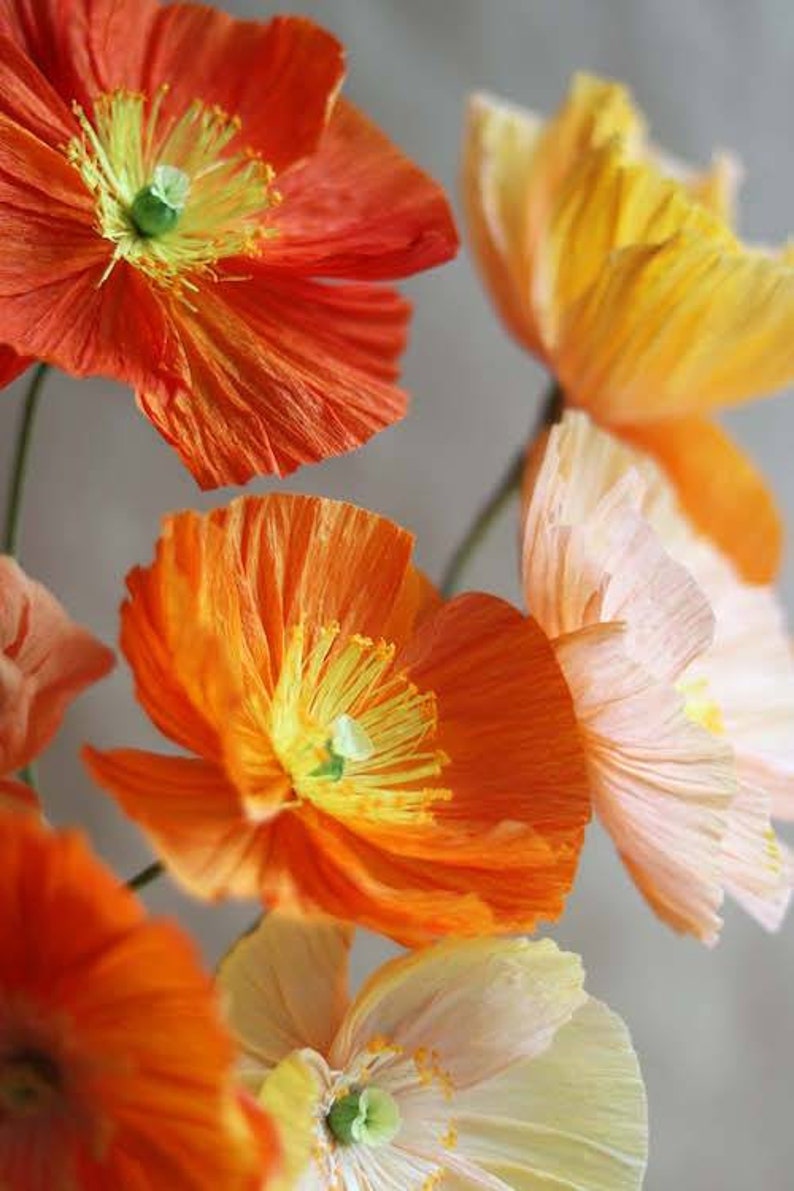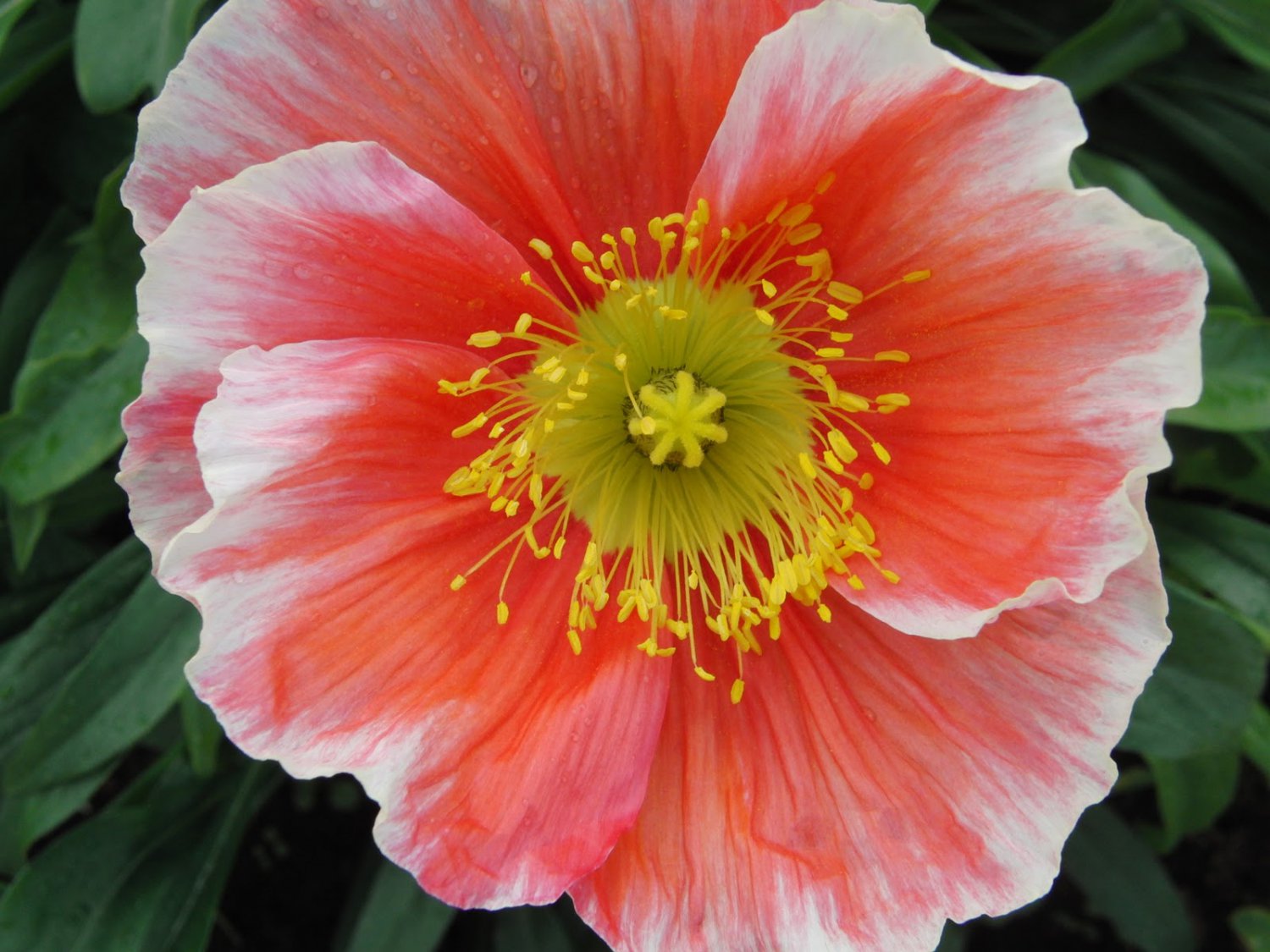Icelandic Poppy Plugs
The beauty of Icelandic poppy flowers is undeniable. They have been admired for centuries for their delicate petals and vibrant colors. But if you're looking to add these gorgeous flowers to your garden or landscaping, you may be wondering where to start. That's where Icelandic poppy plugs come in – these small, but mighty plants are the key to growing your own stunning Icelandic poppies.
The Pain Points of Growing Icelandic Poppy Flowers
Growing any plant can come with its challenges, and Icelandic poppies are no exception. For one, they require a specific growing environment, including well-draining soil and plenty of sunlight. Additionally, they can be susceptible to various diseases and pests, meaning that proper care is crucial to their success.
The Target of Icelandic Poppy Plugs
Many gardeners turn to Icelandic poppy plugs as an easy and reliable way to grow these beautiful flowers. The small plugs are essentially young plants that are already partially grown, making them more resilient and easier to care for than starting from seed. They also allow for more controlled planting, ensuring that each flower will thrive in its ideal growing environment.
Main Points about Icelandic Poppy Plugs
Overall, Icelandic poppy plugs are a great option for those looking to add these stunning flowers to their garden or landscaping without the added stress of starting from scratch. By providing a sturdy foundation for the flowers to grow from, Icelandic poppy plugs allow even novice gardeners to successfully grow these beautiful blooms.
My Experience with Icelandic Poppy Plugs
I first discovered Icelandic poppy plugs while looking for ways to add some color to my backyard garden. I was initially hesitant to try growing these delicate flowers from seed, but the plugs gave me the confidence to give it a try. After planting them in a sunny spot with well-draining soil, I was delighted to see the plugs quickly begin to grow and thrive. Not only were they easy to care for, but they bloomed into gorgeous flowers that became the centerpiece of my garden.

One thing to keep in mind is that Icelandic poppies do best in cooler temperatures, so planting them in early spring or fall can help ensure their success. Additionally, they benefit from regular watering and occasional fertilization to promote healthy growth and blooming.
Caring for Your Icelandic Poppy Plugs
When caring for Icelandic poppy plugs, it's crucial to ensure that they have well-draining soil and plenty of sunlight. They also benefit from regular watering, especially during hotter months. To encourage healthy growth and blooming, consider fertilizing with a balanced fertilizer every few weeks. It's also important to keep a close eye out for any signs of pests or disease, as catching these early can prevent serious damage to the plants.

Additional Tips for Growing Icelandic Poppy Flowers
Consider planting Icelandic poppies in a raised bed or container garden to ensure proper drainage and aeration of the soil. Don't forget to deadhead spent blooms regularly to promote healthy growth and blooming. Finally, be sure to keep an eye out for the appearance of powdery mildew or other diseases, and treat as necessary to prevent the spread to other plants in your garden.
Question and Answer
Q: Can Icelandic poppy plugs be grown in containers?
A: Yes! In fact, growing Icelandic poppies in containers can provide better control over their growing environment, ensuring that they have the ideal soil and drainage. Just be sure to choose a container with plenty of drainage holes and use a well-draining potting mix.
Q: Do Icelandic poppies require a lot of water?
A: While Icelandic poppies do require regular watering, they can be susceptible to root rot if the soil is too wet. It's crucial to ensure that the soil has proper drainage and to avoid overwatering the plants.
Q: What are the best conditions for growing Icelandic poppies?
A: Icelandic poppies prefer cooler temperatures and full sun, with well-draining soil that is kept consistently moist. They can be sensitive to both heat and cold, so planting in early spring or fall is often ideal. Additionally, they benefit from regular fertilization with a balanced fertilizer.
Q: Do Icelandic poppies attract bees and butterflies?
A: Yes! Icelandic poppies are known to attract bees, butterflies, and other pollinators to your garden, making them a great choice for those looking to support local wildlife.
Conclusion
Growing Icelandic poppy flowers can be a challenging but rewarding endeavor. By using Icelandic poppy plugs and following proper care guidelines, you can enjoy the beauty of these delicate flowers in your own garden or landscaping. Whether you're a seasoned gardener or a novice trying your hand at flower cultivation for the first time, Icelandic poppy plugs offer a reliable way to grow these stunning blooms.
Gallery
Free Icelandic Poppy 2 Stock Photo - FreeImages.com

Photo Credit by: bing.com / icelandic poppy freeimages
Giant Icelandic Poppy Papaver Nudicaule 100 Seeds Organic | Etsy

Photo Credit by: bing.com / icelandic poppies papaver nudicaule purely crepe wikidiy
Icelandic Poppy | Icelandic Poppy Shot In Pisgah Forest, NC.… | Flickr

Photo Credit by: bing.com /
Poppy (Icelandic)~"FLAMENCO-ICELAND POPPY~Seeds!!!!!!!~~~~~Soft & Subtle!

Photo Credit by: bing.com / poppy iceland icelandic subtle flamenco
Icelandic Poppies

Photo Credit by: bing.com / icelandic lia griffith poppies trabalho